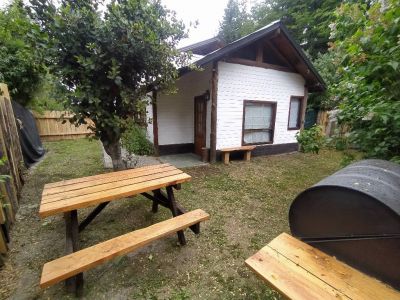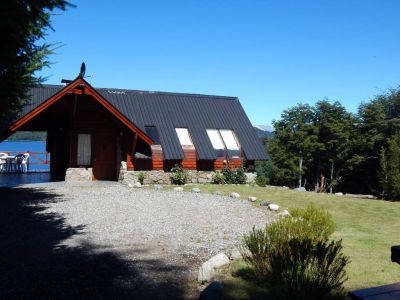
The past of Villa La Angostura is protected at the Historical Regional Museum, where documents and several pieces safeguard the presence of the primitive dwellers and the first settlers.
The small museum is located at 2177, Nahuel Huapi Boulevard, close to
Bahía Mansa (Quiet Bay) and a few meters ahead from
the Village chapel. It is housed by a building that used to lodge the first power station in the town, built by the National Parks Administration and then occupied by
Prefectura Naval. Inside, we recognized certain native historical elements that gave us a hint of the customs and culture of our local ancestors.

A one-piece canoe gave proof of the way they traveled across the lake. This piece in particular was spotted by Mr. Rodríguez and rescued by Mr. Antonio Margaride, a SCUBA diver from Bariloche, in the channel that separates Menéndez Island from the beach. A sawmill machine and a machete used to make cypress tiles give testimony of the woodworks carried out by the community members for generations.

Some historical papers document the second stage of the Desert Campaign, in charge of General C. Villegas, and his negotiations with chief Inacayal, member of the Mapuche nation, which spread from Neuquén to Santa Cruz. We also found documents giving account of the beginnings of the National Parks Administration works in the area and the creation of the first Neighbors’ Committee in Villa La Angostura, in 1945.

The Capraro, Diem, Colletti, Monsalve, Avila, Martinez, Martín, Matías, Muhlenpfordt and other families have donated the material treasured by the museum.






























